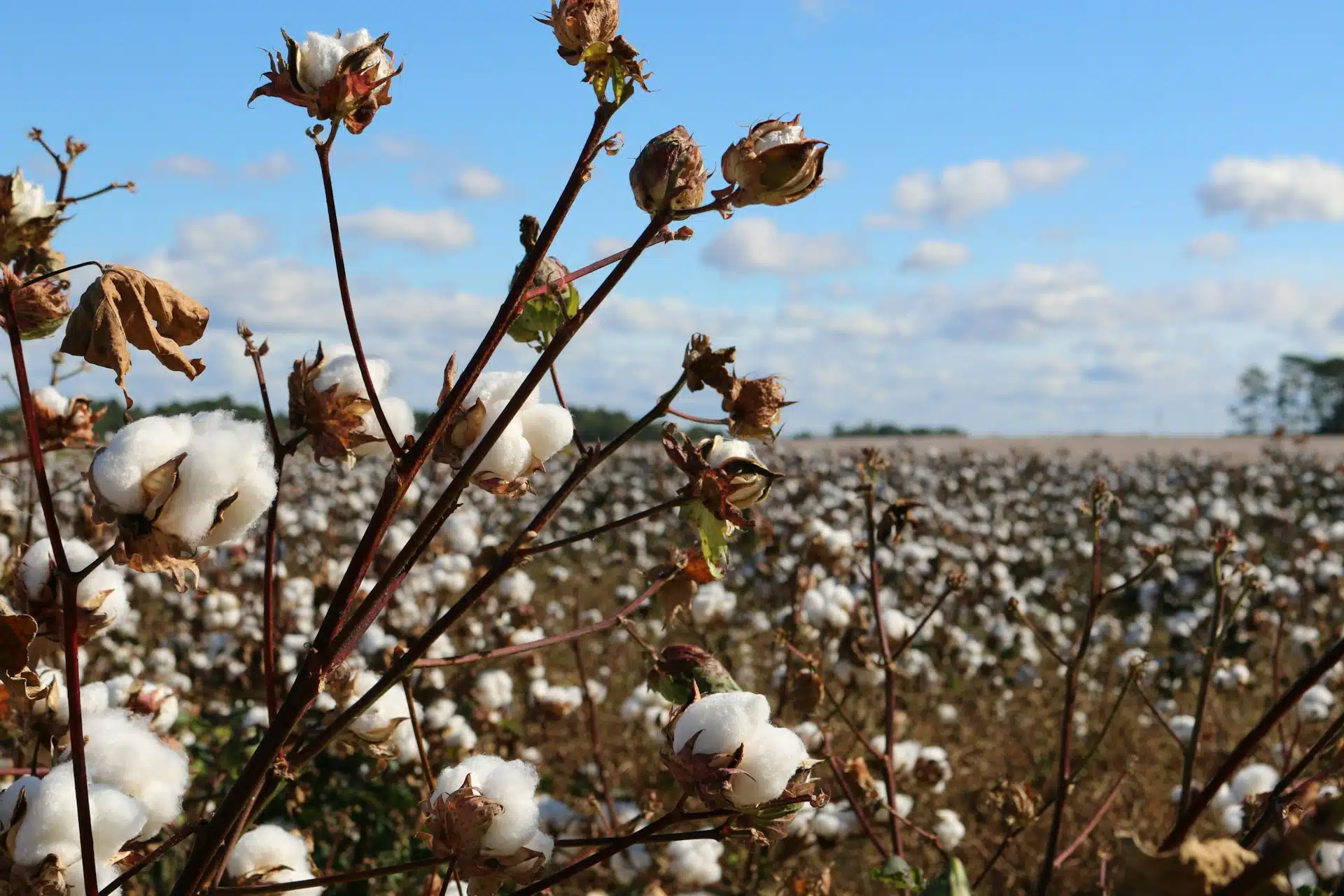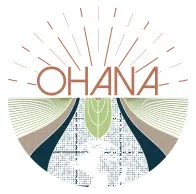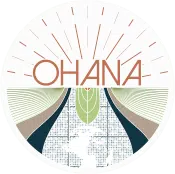
Interview with TreeToTextile: Shaping a Greener Future Through Innovation & Collaboration
If protecting the environment is a global priority, then high-quality sustainable fibres should be available to everyone. That was the premise behind the creation of TreeToTextile, a Sweden-based organisation developing innovative fibre technologies to help advance the textile industry’s green transition on a global scale.
In this interview, we spoke to Ida Alnemo, Head of Application & Sustainability at TreeToTextile, to learn more about:
- TreeToTextile’s new and game-changing cellulose-based textile fibre
- How the organisation is harnessing the powers of both technical expertise and collaboration to drive sustainability
- Their views on the EU legislative process and how to navigate it when trying to innovate
If you enjoy learning more about the EU sustainability landscape through interviews, don’t miss out on Ohana’s complete series, which includes conversations with experts from Chemsec, Policy Hub, the Sustainable Fashion Academy, EOG and FESI.
Want someone with deep experience and connections in the EU to help guide your sustainability strategy? Get in touch!
Introducing TreeToTextile and its Technology
TreeToTextile is a small but highly-impactful organisation established through a collaboration between H&M Group, Inter IKEA Group, Stora Enso and LSCS Invest, and currently based out of Stockholm, Sweden.
Founded in 2014, with the goal of accelerating the development of sustainable fibres to reduce the textile industry’s global environmental impact, TreeToTextile’s achievements as an organisation are a testament to the power of innovation and collaboration in driving positive change.
A New Take on Biobased Fibres
Consisting mainly of highly-specialised scientists, engineers and technicians, the TreeToTextile team has successfully developed a unique biobased fibre with low environmental impact and at a low cost.
Still to be formally named, this versatile textile fibre has a hand feel similar to cotton, but demands a much lower amount of chemicals, energy and water to be produced, when compared to those currently available on the market.
Despite being a cellulose-based material, the innovative technology employed by TreeToTextile means that the new fibre is manufactured without the use of Carbon Disulfide (CS2) – a highly-toxic chemical commonly applied in the production of regenerated cellulose.
According to Ida, the team’s intense focus on creating a material that was both resource and cost-efficient is a clear reflection of the company’s vision: “Better fibres to all”.
“The idea of a better fibre for us meant that it should have a lower impact on the environment, but also at a lower cost. If we created a more environmentally friendly fibre that came with a premium price, it would still be a niche product and the goal of making it accessible to all would not be achieved”, she explains.
Translating Innovation Into Industry Standards
TreeToTextile is now in the process of having its new man-made cellulose fibre classified by the EU Commission, a step required for any organisation wishing to introduce a new type of fibre for textile use.
This rule was established by the Textile Labelling Regulation, which, as a part of the EU Textile Strategy, outlines a number of labelling standards to guarantee that consumers have facilitated access to information regarding textile products.
According to the regulation, only materials classified and added by the European Commission to the official list can be mentioned in the labels for describing a product’s fibre composition.
Although she agrees that such standards are highly-beneficial to end consumers, Alnemo affirms that the current requirements are still lacking when it comes to sustainability. In her perspective, the labels should inform consumers about the environmental impacts associated with each product, to support their purchase decisions.
Ida expects that this additional requirement will be one of the outcomes of the upcoming Textile Labelling Regulation revision, and mentions other improvements which she would like to see in the legislation.
“The process of textile fibre classification should include an assessment of the material’s sustainability performance based on scientific data, and take into consideration the long-term environmental impacts of its use.”
The Power of Engagement and Collaboration
When asked if she has found it a challenge to navigate the EU legislative landscape during the classification process, Ida explains that the support from the corporations that own TreeToTextile has made the task a lot more manageable.
She also mentions how the collaboration with other organisations in the industry, such as Textile Exchange, whom we have also interviewed in our blog, has been instrumental in helping them put all the pieces of the puzzle together.
Endorsing a point made by Sympatex during their interview with Ohana, Alnemo also says that small players can also get their voices heard in Brussels and shouldn’t refrain from engaging with policymakers. She then sends an encouraging message to these organisations saying that “If you have a good idea, just be bold and go for it. Don’t excuse yourself just because you are a small organisation.”
To illustrate the organisation’s strong belief in the power of collaboration in driving positive change, our interviewee details how TreeToTextile is actually involved in discussions with legislators and stakeholders on a global scale to expand the impact of its new fibre technology.
Ida mentions that, in her perspective, it would be important for the EU to adopt a similar position when it comes to developing its sustainability legislation and finalises by saying:
“We live in a globalised world and the textile industry is very globally focused, so it would be important for the EU to collaborate with other large markets to establish a unified approach towards textile labelling standards and classification. That would benefit the end consumer, because we shouldn’t expect the general public to know the difference between Rayon and Viscose, for example.”
Want someone with deep experience and connections in the EU to help guide your sustainability strategy? Get in touch!
Join our newsletter to keep up to date with the latest news and information coming out of the EU.


